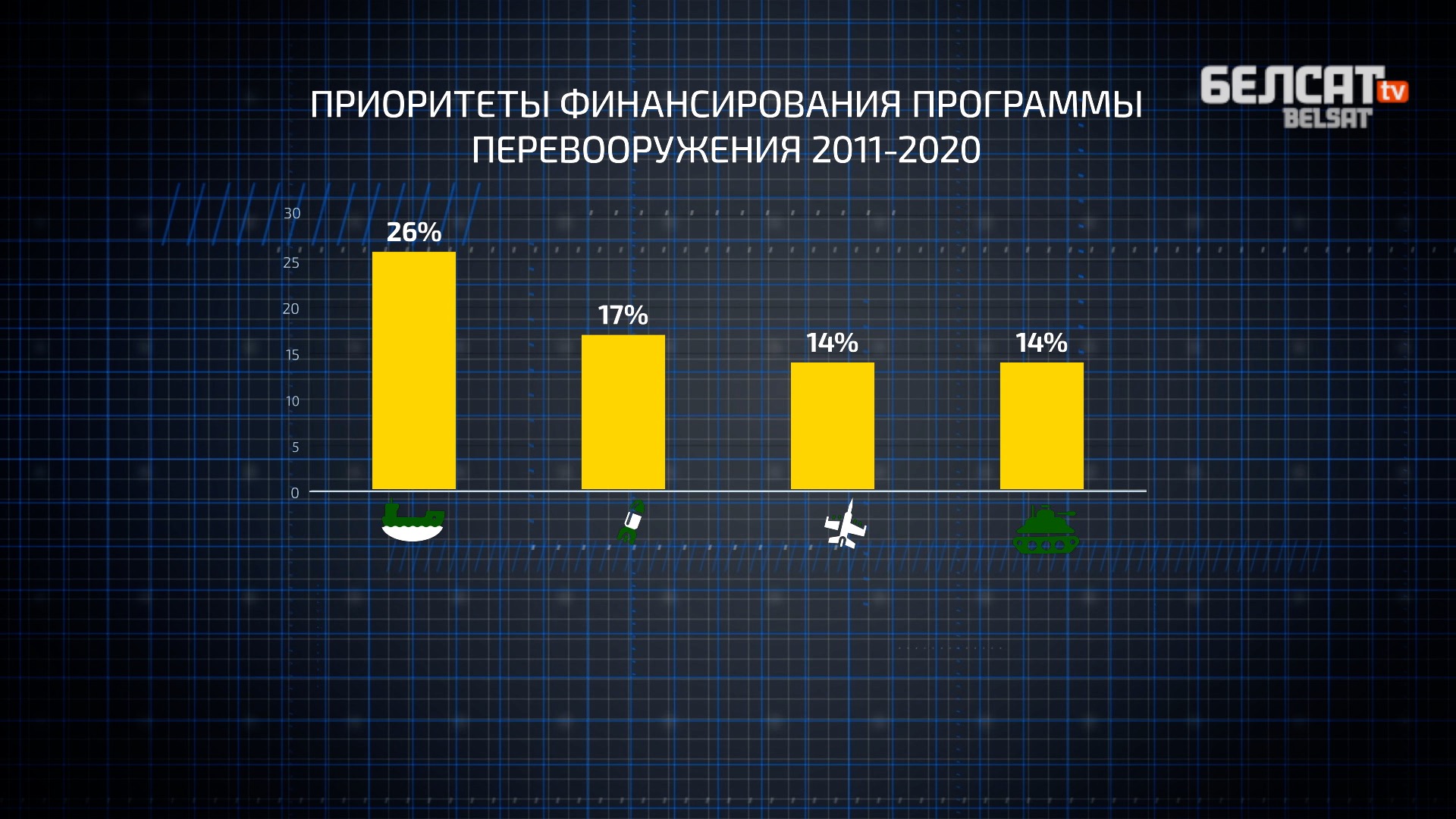

Vladimir Putin celebrated Christmas at the Russian troops’ command post in Syria. The Syrian campaign showed that Russia is capable of waging war “on someone else’s territory and with few casualties”. How has Russia’s army changed and who should be afraid of it?
The war against Georgia in 2008 forced the Kremlin to reform its army. In the five-day conflict Russian troops suffered as many losses as the Georgian army, even though the Russian army was three times more powerful.
The Kremlin drew the necessary conclusions. Defense Minister Anatoly Serdyukov began to overhaul the Russian army in October. He reduced the number of military units fivefold. He cut the number of officers by half. Majors and colonels were the unluckiest — only one in five was left in the ranks.
Why? 80 percent of the units in Russia were overstretched. Sometimes they even had fewer soldiers than officers. In wartime, these units were intended to receive hundreds of thousands of reservists and arm them to form a multi-million army for a war with NATO. They were incapable of instant battle readiness or could not master soldiers quickly for a local conflict. Therefore, they were replaced by units on permanent combat readiness.
Military’s salaries doubled or even tripled. Today Russian officers’ salaries are approximately twice that of their counterparts in neighbouring countries. And it can be doubled by a range of bonuses: for length of service, working with classified intelligence, as well as for participation in armed conflicts, etc.
The reforms have also improved the lives of conscripts. Hot water and shower units, washing machines and vacuum cleaners appeared in barracks; millet and pasta were replaced by buffets in the army canteens. The army gave up its ancient underwear, undercollars and foot wraps. Artiicial leather boots and peacoats were replaced by modern uniforms.
Better training and living conditions plus the reduction from two to one year service helped prevent hazing — the scourge of the Russian army. Six times less soldiers were convicted for related activities over the past decade.
Re-armament was also part of the reforms. According to a government-approved program from 2011, 70 percent of armaments were to be replaced by the new ones by the end of the decade. Funds were used to renew the naval fleet, air force, air defense and ground forces.
Armoured vehicles were intended to almost completely replaced, and the number of airborne troops doubled reaching 70,000. in the mid 2010s, there were plans to mass-produce new generation weapons such as Su-57 jet fighters, T-14 Armata tanks, and Kurganets IFVs.
Feeling strong, the Kremlin did not fail to test its military machine in action. Under the guise of a spot inspection in February 2014, 40,000 soldiers were repositioned at the Ukrainian border. And then the world watched as the Russian marines in their new Ratnik outfits occupied Crimea.
The wars in Donbas and Syria have demonstrated the Kremlin’s new tactics. On the ground, bloody battles are assigned to local militants while special forces and mercenaries are given professional tasks. Misinformation and cyber attacks wreak havoc in enemy territory, undermining international support.
The Russian army’s weapons and tactics have changed, as has its deployment which has shifted towards the West. In Kaliningrad, the Kremlin has deployed S-400 air defense systems, Bastion anti-ship systems and Iskander-M tactical missiles capable of carrying nuclear warheads.
After 2014, Russian troops appeared on the borders of both Ukraine and Belarus. The Kremlin stationed a tank regiment in the city of Yelnia. Two motorised rifle regiments were deployed near the town of Klintsy. an entire motorised rifle division of 7,000 troops was created in Rostov-on-Don.
After Russia’s annexation, Crimea became a real fortress. The number of troops was doubled, reaching 30,000. S-400 systems, anti-ship missiles, and an attack squadron were based on the peninsula.
After twenty-year absence, Russian military returned to the Arctic to control waterways and oil and gas fields made more accessible by global warming. Russia has established at least three new military bases in the Far North.
But around 2017, the rearmament of the Russian army began to slow down, and funding dwindled to what it was at the start of the decade due to the annexation of Crimea and the Donbas war.
Western sanctions made it impossible to purchase technology abroad, and the ruble halved in value, making military spending more costly. Finally, the aggression against Ukraine put an end to cooperation with Ukrainian defense plants which used to supply engines for Russian planes, helicopters and ships.
The Kremlin was only able to rearm strategic nuclear forces. For other types of forces, only two thirds of the program was implemented at best. Before the previous rearmament program had ended, the Kremlin adopted a new one to run until 2027. Armata tanks and Su-57 fighters are only on show at Victory Day parades since commissioning them was postponed until the end of the decade.
What is the result?
Russia has managed to shift away from Soviet templates and has created a mobile army. It does represent a threat to neighbouring countries, which the Kremlin is trying to keep in the sphere of its “vital interests”.
Experts are not expecting the Kremlin to expand its military bases and operations over the entire world. The Russian military has neither the means nor the ability to win over local populations. But in Eastern Europe, Russian regiments are entrenched, and they plan.
Аlyaksandr Papko, belsat.eu
Photo: Vyacheslav Prokofyev / TASS / Forum


